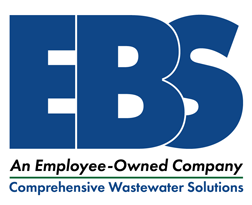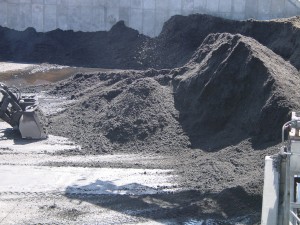Aerated Stabilization Basin (ASBs) performance can be associated with numerous root causes, both chronic and intermittent. The three main conditions leading to loss of system performance and potential permit violations are discussed below.
Temporary upsets due to spills, increased production or high effluent flow rates are frequent occurrences in pulp and paper mills. Unfortunately, the wastewater operator has little control of when and what the mill is sending. Because of the large volumes of flow involved, many mills have little or no equalization or diversion capacity.
When a major loading increase occurs, mills should have a contingency plan in place to minimize to impact and reduce the potential for permit violations. A mill’s Best Management Practices plan includes in-mill organic loading measurements to monitor spills. The plan’s goal is to prevent and control both intentional and unintentional diversions of spent liquor, turpentine and soap. The plan provides for recovering the material to the extent practicable, or metering it to the effluent treatment in a controlled manner.
Seasonal Conditions, more severe than that for which the system was designed or is currently able to handle, include severe winter conditions leading to loss of biological activity and summer conditions resulting in excessive benthic feedback.
Long-term loss of capacity due to poor primary treatment or inadequate dredging is a common problem among ASBs. Often in tight economic times, discretionary expenses, such as dredging, are eliminated without apparent consequences. Over time, continued neglect and abuse leads to a system no longer capable of producing the desired effluent quality. As the old oil filter commercial said “you can pay me now, or pay me later.” A major difference between ASBs and activated sludge systems is that activated sludge systems generally fail in the liquid solids separation step first, while ASB’s fail at the Biochemical Oxygen Demand removal.

